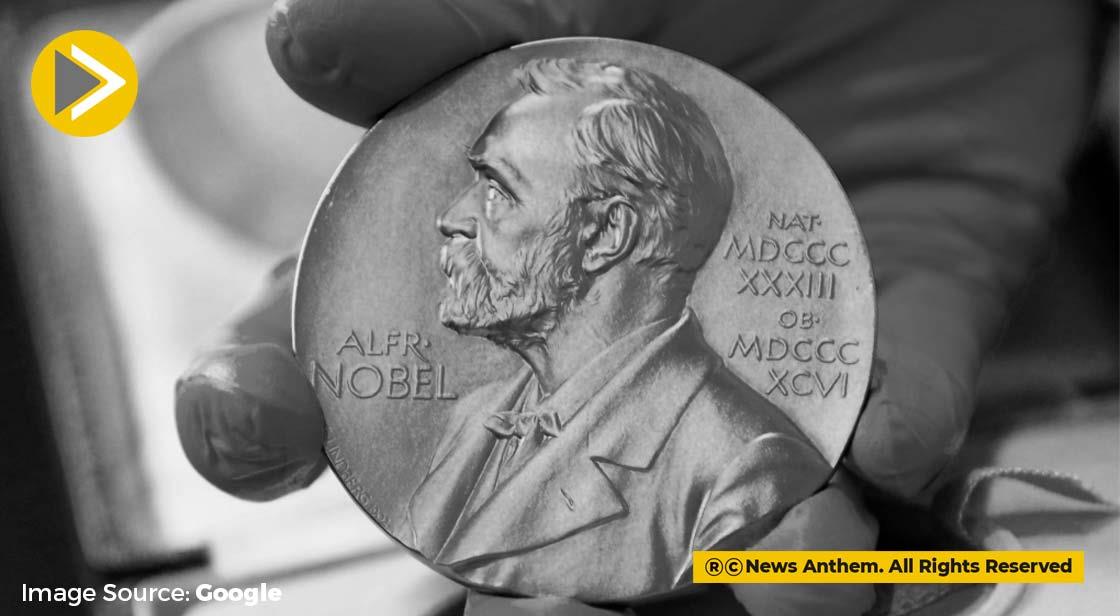Mirror-Image Molecules Brought Up The Winners Of The Nobel Prize In Chemistry

News Synopsis
For their discovery of asymmetric organocatalysis, a new and creative method for molecule synthesis, German Benjamin List and Scottish-born David MacMillan were awarded the Nobel Prize in Chemistry in 2021. The renowned honor includes a gold medal and a monetary prize of 10 million Swedish kronor. According to the Nobel committee, List and MacMillan separately invented a novel method of catalysis in 2000. It is usual for an award to be shared by many scientists who study in similar disciplines. Last year, the prize was awarded to Jennifer A. Doudna of the United States and Emmanuelle Charpentier of France for creating a gene-editing tool that has transformed research by allowing scientists to modify DNA.
According to the Royal Swedish Academy of Sciences, organic catalysts can be employed to drive a wide range of chemical processes. Researchers can now create everything from novel medicines to compounds that can catch light in solar cells using these processes. Catalysts are molecules that maintain their stability while allowing or speeding up chemical processes in labs or big industrial reactors. Only some metals and sophisticated enzymes were known to work before the Nobel laureates' groundbreaking discoveries at the turn of the millennium. Before asymmetric catalysis, man-made catalyzed compounds frequently contained both the desired molecule and its undesirable mirror counterpart. A disastrous example was the sedative thalidomide, which caused abnormalities in human fetuses approximately six decades ago.
You May Like









